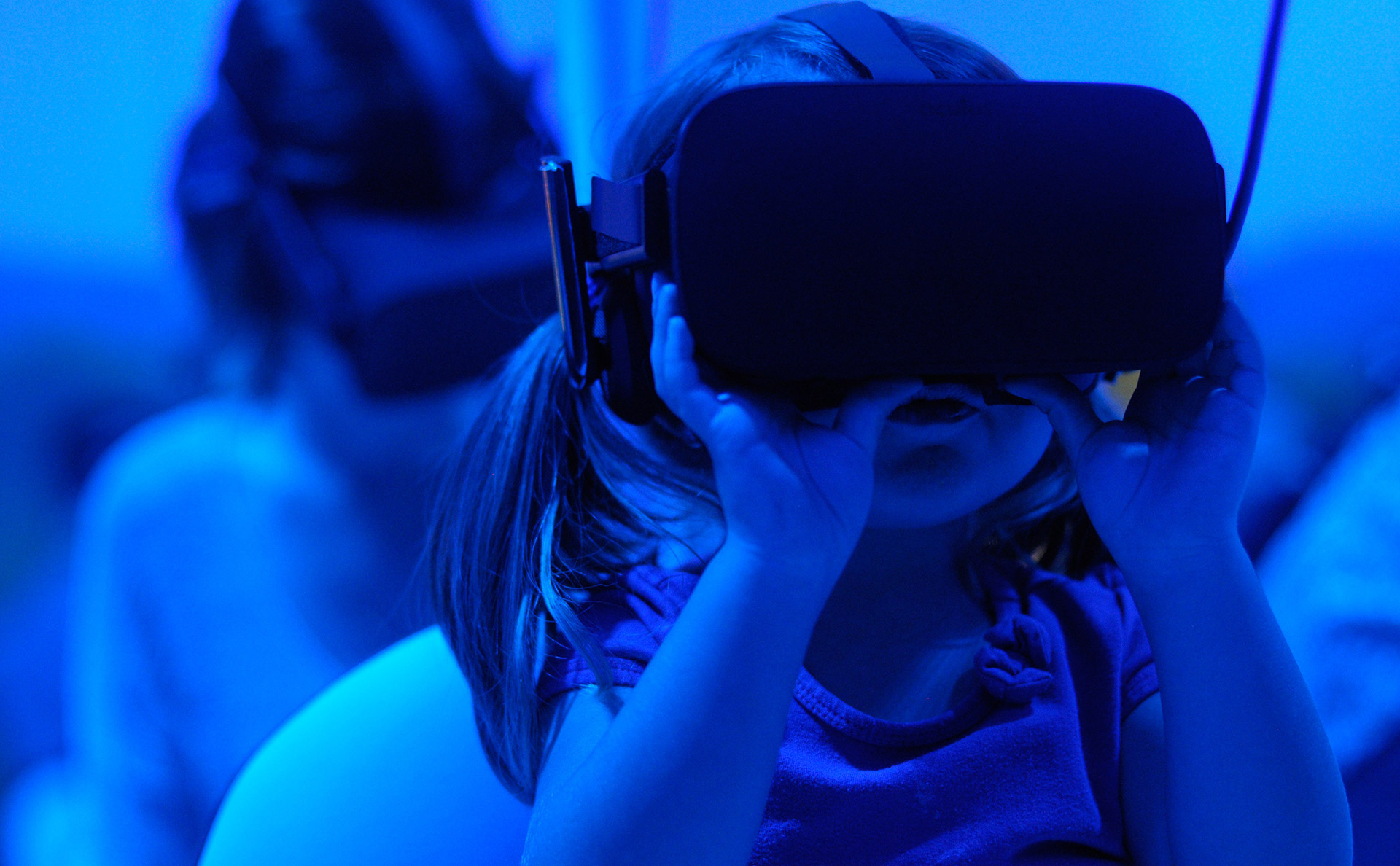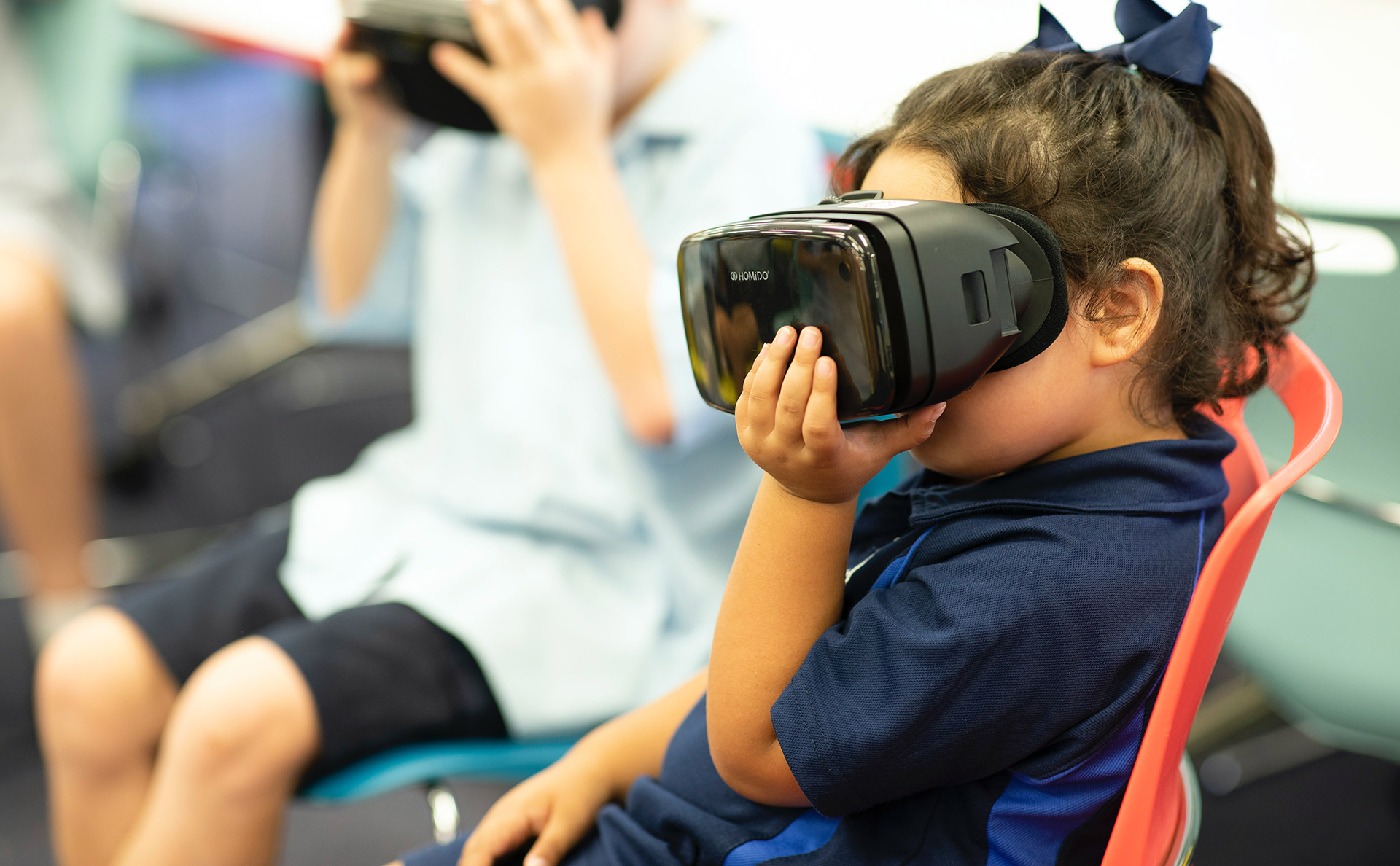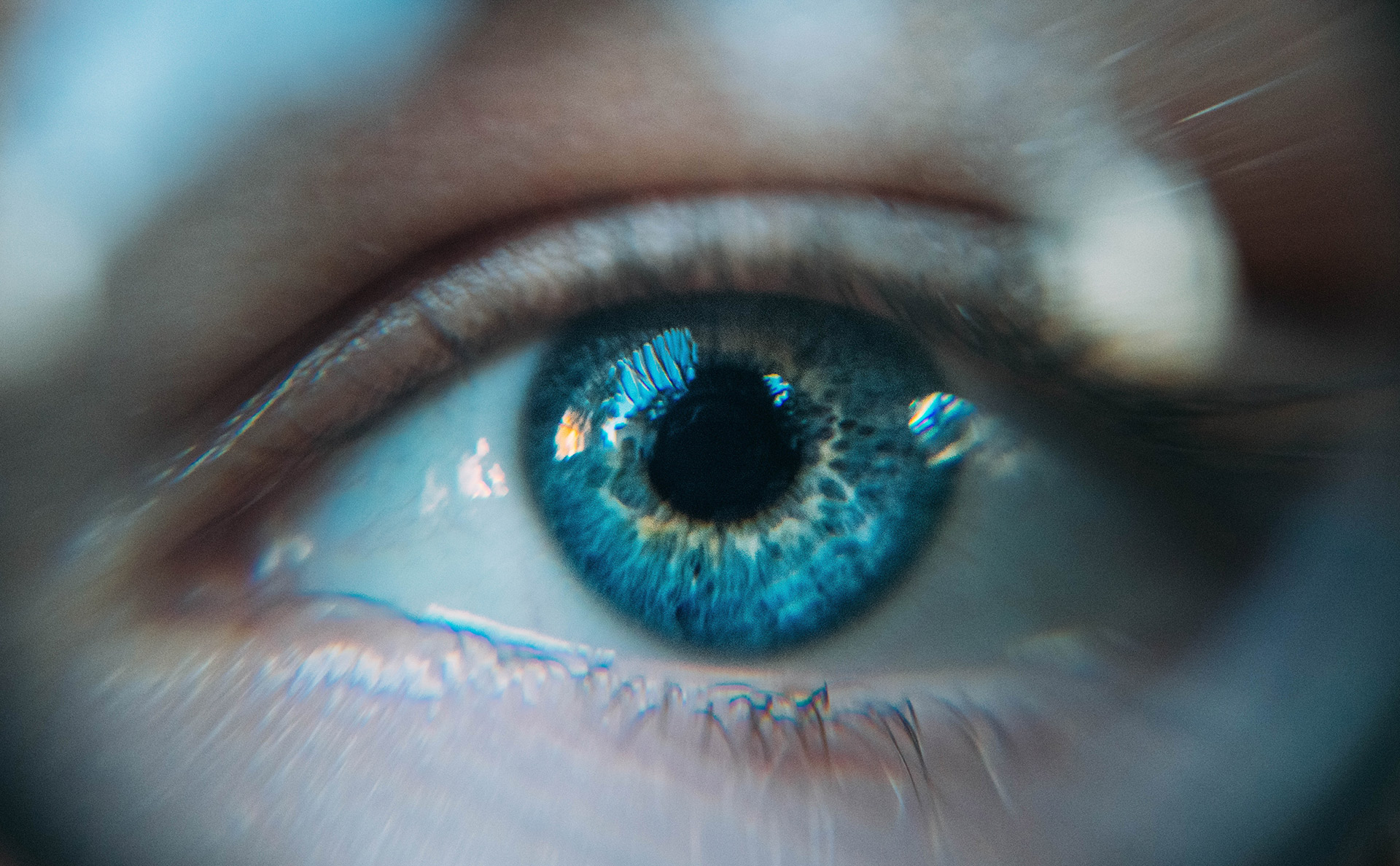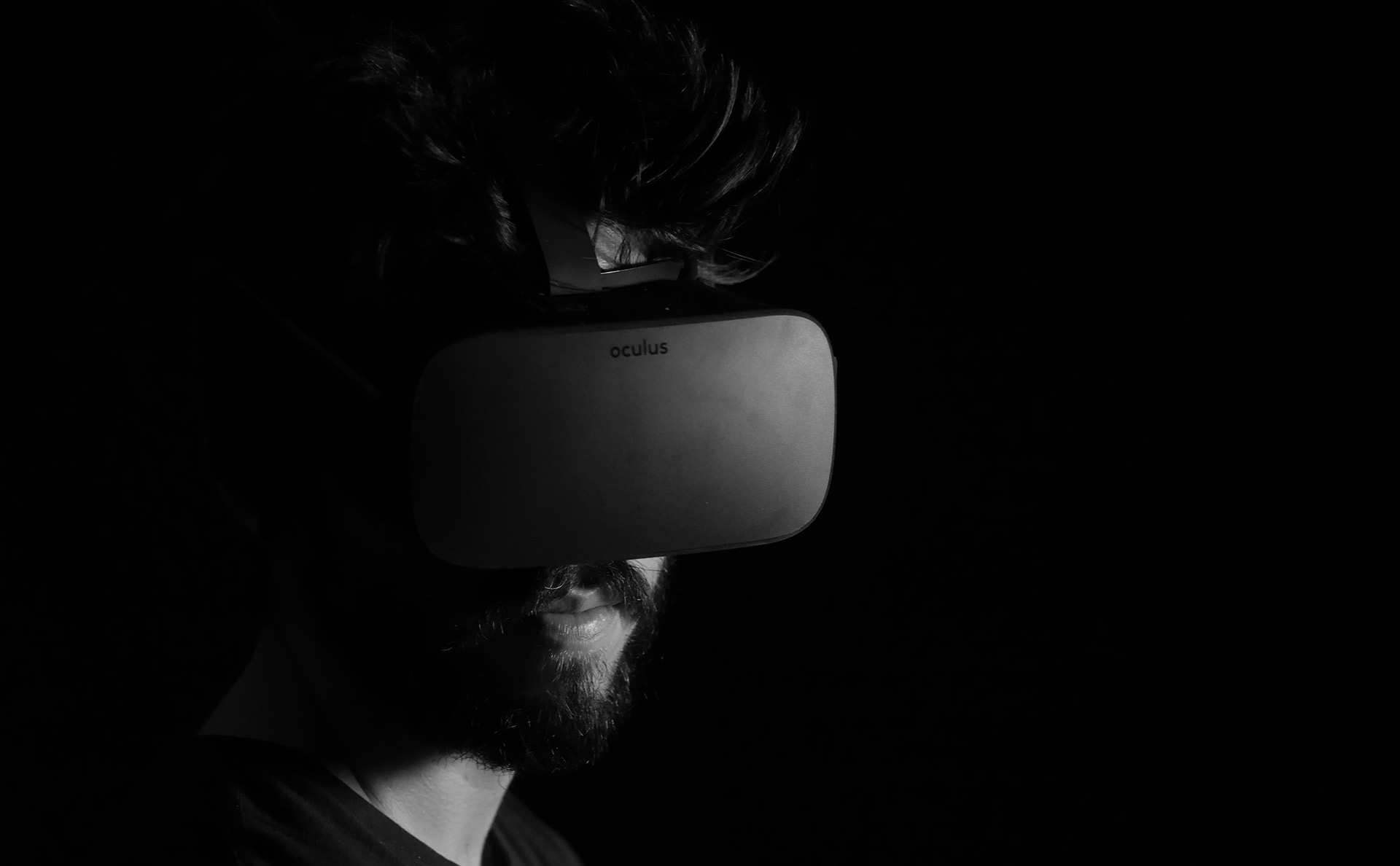Health and safety
There are many health and safety considerations of virtual reality. A number of unwanted symptoms have been caused by prolonged use of virtual reality, and these may have slowed proliferation of the technology. Most virtual reality systems come with consumer warnings, including: seizures; developmental issues in children; trip-and-fall and collision warnings; discomfort; repetitive stress injury; and interference with medical devices. Some users may experience twitches, seizures or blackouts while using VR headsets, even if they do not have a history of epilepsy and have never had blackouts or seizures before. One in 4,000 people, or .025%, may experience these symptoms. Since these symptoms are more common among people under the age of 20, children are advised against using VR headsets. Other problems may occur in physical interactions with one's environment. While wearing VR headsets, people quickly lose awareness of their real-world surroundings and may injure themselves by tripping over, or colliding with real-world objects.
VR headsets may regularly cause eye fatigue, as does all screened technology, because people tend to blink less when watching screens, causing their eyes to become more dried out. There have been some concerns about VR headsets contributing to myopia, but although VR headsets sit close to the eyes, they may not necessarily contribute to nearsightedness if the focal length of the image being displayed is sufficiently far away.
Virtual reality sickness (also known as cybersickness) occurs when a person's exposure to a virtual environment causes symptoms that are similar to motion sickness symptoms. Women are significantly more affected than men by headset-induced symptoms, at rates of around 77% and 33% respectively. The most common symptoms are general discomfort, headache, stomach awareness, nausea, vomiting, pallor, sweating, fatigue, drowsiness, disorientation, and apathy. For example, Nintendo's Virtual Boy received much criticism for its negative physical effects, including "dizziness, nausea, and headaches". These motion sickness symptoms are caused by a disconnect between what is being seen and what the rest of the body perceives. When the vestibular system, the body's internal balancing system, does not experience the motion that it expects from visual input through the eyes, the user may experience VR sickness. This can also happen if the VR system does not have a high enough frame rate, or if there is a lag between the body's movement and the onscreen visual reaction to it. Because approximately 25–40% of people experience some kind of VR sickness when using VR machines, companies are actively looking for ways to reduce VR sickness.


Children in virtual reality
The relationship between virtual reality and its underage users is controversial and unexplored. In the meantime, children are becoming increasingly aware of VR, with the number in the USA having never heard of it dropping by half from Autumn 2016 (40%) to Spring 2017 (19%).
Valeriy Kondruk, CEO of VR travel platform Ascape, says the app downloads in March 2020 increased by 60% compared to December 2019 and doubled in comparison with January 2020. According to Kondruk, normally, the busiest month for VR companies is December, which is associated with winter holidays and people spending more time at home.
In early 2016, virtual reality headsets became commercially available with offers from, for example, Facebook (Oculus), HTC and Valve (Vive) Microsoft (HoloLens), and Sony (Morpheus). At the time and to this day, these brands have different age instructions for users, e.g. 12+ or 14+, this indicates a completely self-regulatory policy.
Studies show that young children, compared to adults, may respond cognitively and behaviorally to immersive VR in ways that differ from adults. VR places users directly into the media content, potentially making the experience very vivid and real for children. For example, children of 6–18 years of age reported higher levels of presence and "realness" of a virtual environment compared with adults 19–65 years of age.
Studies on VR consumer behavior or its effect on children and a code of ethical conduct involving underage users are especially needed, given the availability of VR porn and violent content. Related research on violence in video games suggests that exposure to media violence may affect attitudes, behavior, and even self-concept. Self-concept is a key indicator of core attitudes and coping abilities, particularly in adolescents. Early studies conducted on observing versus participating in violent VR games suggest that physiological arousal and aggressive thoughts, but not hostile feelings, are higher for participants than for observers of the virtual reality game.
Experiencing VR by children may further involve simultaneously holding the idea of the virtual world in mind while experiencing the physical world. Excessive usage of immersive technology that has very salient sensory features may compromise children's ability to maintain the rules of the physical world, particularly when wearing a VR headset that blocks out the location of objects in the physical world. Immersive VR can provide users with multisensory experiences that replicate reality or create scenarios that are impossible or dangerous in the physical world. Observations of 10 children experiencing VR for the first time suggested that 8-12-years-old kids were more confident to explore VR content when it was in a familiar situation, e.g. the children enjoyed playing in the kitchen context of Job Simulator, and enjoyed breaking rules by engaging in activities they are not allowed to do in reality, such as setting things on fire.



Privacy
The persistent tracking required by all VR systems makes the technology particularly useful for, and vulnerable to, mass surveillance. The expansion of VR will increase the potential and reduce the costs for information gathering of personal actions, movements and responses. Data from eye tracking sensors, which are projected to become a standard feature in virtual reality headsets, may indirectly reveal information about a user's ethnicity, personality traits, fears, emotions, interests, skills, and physical and mental health condition.
Conceptual and philosophical concerns
In addition, there are conceptual and philosophical considerations and implications associated with the use of virtual reality. What the phrase "virtual reality" means or refers to can be ambiguous. Mychilo S. Cline argued in 2005 that through virtual reality, techniques will be developed to influence human behavior, interpersonal communication, and cognition.
